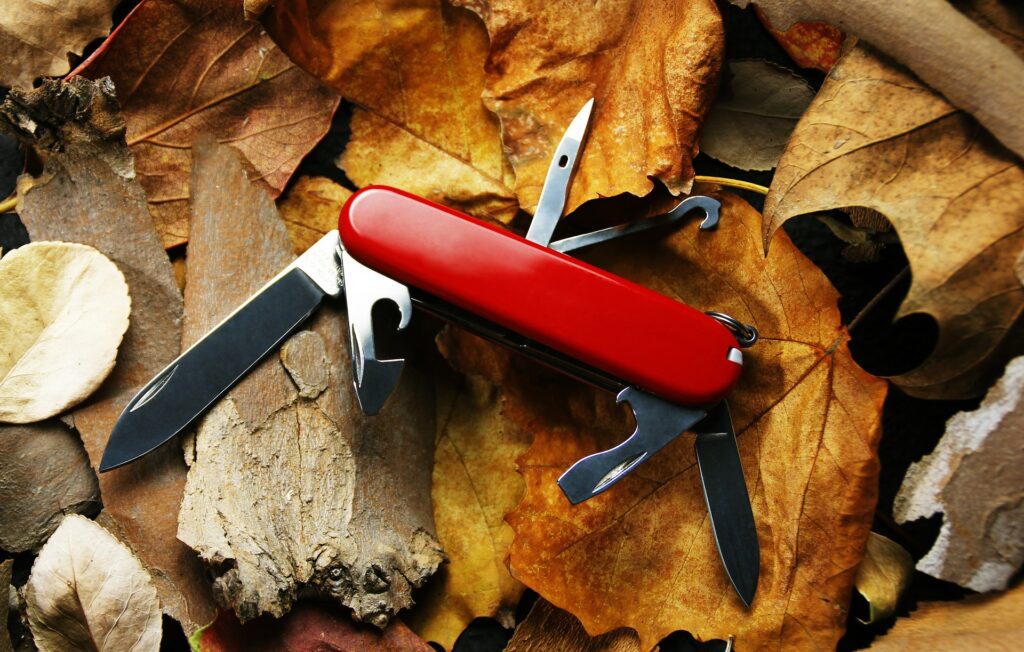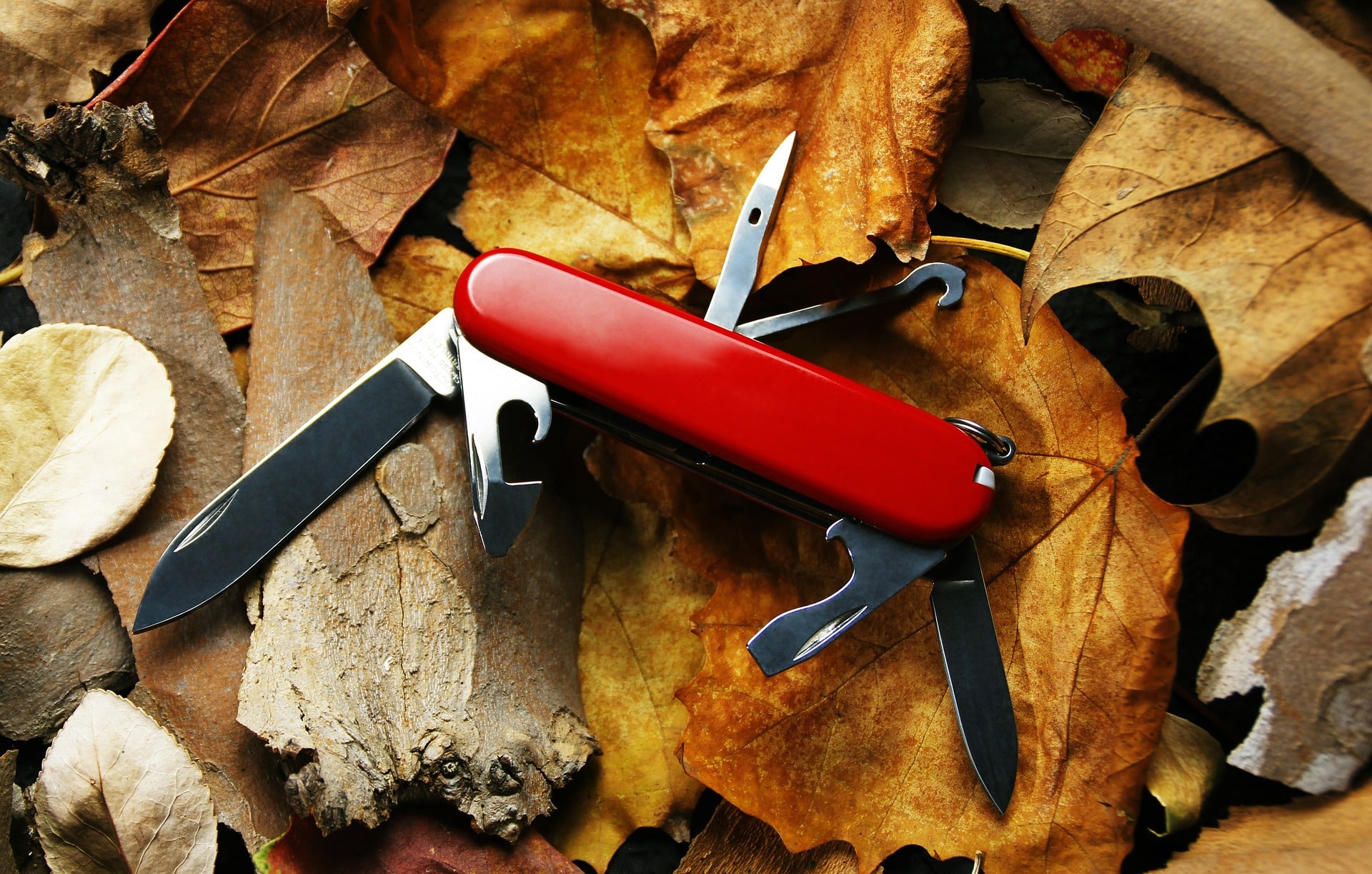A Swiss Army Knife is a versatile tool that can be used for a variety of tasks, from opening packages to fixing small repairs. However, like any tool, it is important to keep your Knife clean and well-maintained in order to ensure its longevity and optimal performance.

This article will provide you with step-by-step instructions on how to clean and maintain your Swiss Army Knife. We will cover everything from disassembling and cleaning the individual components to lubricating the pivot points and storing your knife properly.
Contents
Understanding Your Swiss Army Knife
Before you can clean and maintain your Swiss Army Knife, it is important to understand its components and functionality. A Knife will have a variety of tools, including a blade, scissors, a saw, a can opener, and a Phillips screwdriver. The specific tools that your knife has will depend on the model.
The blades of a Swiss Army Knife are typically made of stainless steel or carbon steel. Stainless steel is more corrosion-resistant, while carbon steel is easier to sharpen. The scissors and other tools are typically made of high-carbon steel.
The handle of a Swiss Army Knife is typically made of plastic, wood, or metal. The type of handle material will affect the cleaning and maintenance procedures.
Preparing for Cleaning
Before you begin cleaning your Knife, it is important to gather the necessary materials. You will need:
- A mild soap
- Warm water
- A soft brush
- A toothpick
- A lubricant, such as mineral oil or a specially formulated knife oil
- A lint-free cloth
Disassembling Your Swiss Army Knife
If your Swiss Army Knife allows disassembly, it is a good idea to disassemble it before cleaning. This will allow you to clean each component individually and ensure that all of the dirt and debris is removed.
To disassemble your Swiss Army Knife, follow these steps:
- Open all of the blades and tools.
- Locate the pivot points. These are the small metal pins that hold the blades and tools in place.
- Use a small screwdriver or a coin to unscrew the pivot points.
- Carefully remove the blades and tools.
- Clean each component individually.
- Reassemble the knife.
Cleaning the Blades
The blades of a Swiss Knife can be cleaned with a mild soap and warm water. You can also use a soft brush to scrub away any dirt or debris.
If the blades are rusty, you can clean them with a paste made from baking soda and water. Apply the paste to the rusty areas of the blade and let it sit for 10-15 minutes. Then, scrub the blades with a soft brush. Rinse the blades with warm water and dry them thoroughly.
Cleaning Other Tools and Accessories
The other tools and accessories on your Swiss Army Knife can be cleaned with a mild soap and warm water. You can also use a soft brush to scrub away any dirt or debris.
If the tools are rusty, you can clean them with a paste made from baking soda and water. Apply the paste to the rusty areas of the tool and let it sit for 10-15 minutes. Then, scrub the tool with a soft brush. Rinse the tool with warm water and dry it thoroughly.
Cleaning the Handle and Scales
The handle and scales of your swiss Knife can be cleaned with a mild soap and warm water. You can also use a soft cloth to wipe away any dirt or debris.
If the handle or scales are stained, you can clean them with a mild abrasive cleaner. Be sure to test the cleaner in an inconspicuous area first to make sure it does not damage the material.
Cleaning the Pivot Points
The pivot points on your Swiss Army Knife are important for smooth operation. To keep them clean, apply a light coat of lubricant, such as mineral oil or a specially formulated knife oil.
Drying and Reassembling Your Swiss Army Knife
After you have cleaned your Swiss Army Knife, it is important to dry it thoroughly. You can use a lint-free cloth to dry the knife.
Once the knife is dry, you can reassemble it. Be sure to tighten the pivot points so that the blades and tools are secure.
Proper Storage and Maintenance
To keep your Swiss Knife in good condition, it is important to store it properly. You should store your knife in a dry, cool place. You should also avoid storing your knife in direct sunlight or near heat sources.
To maintain your Knife, you should clean it and lubricate it regularly. You should also sharpen the blades as needed.

